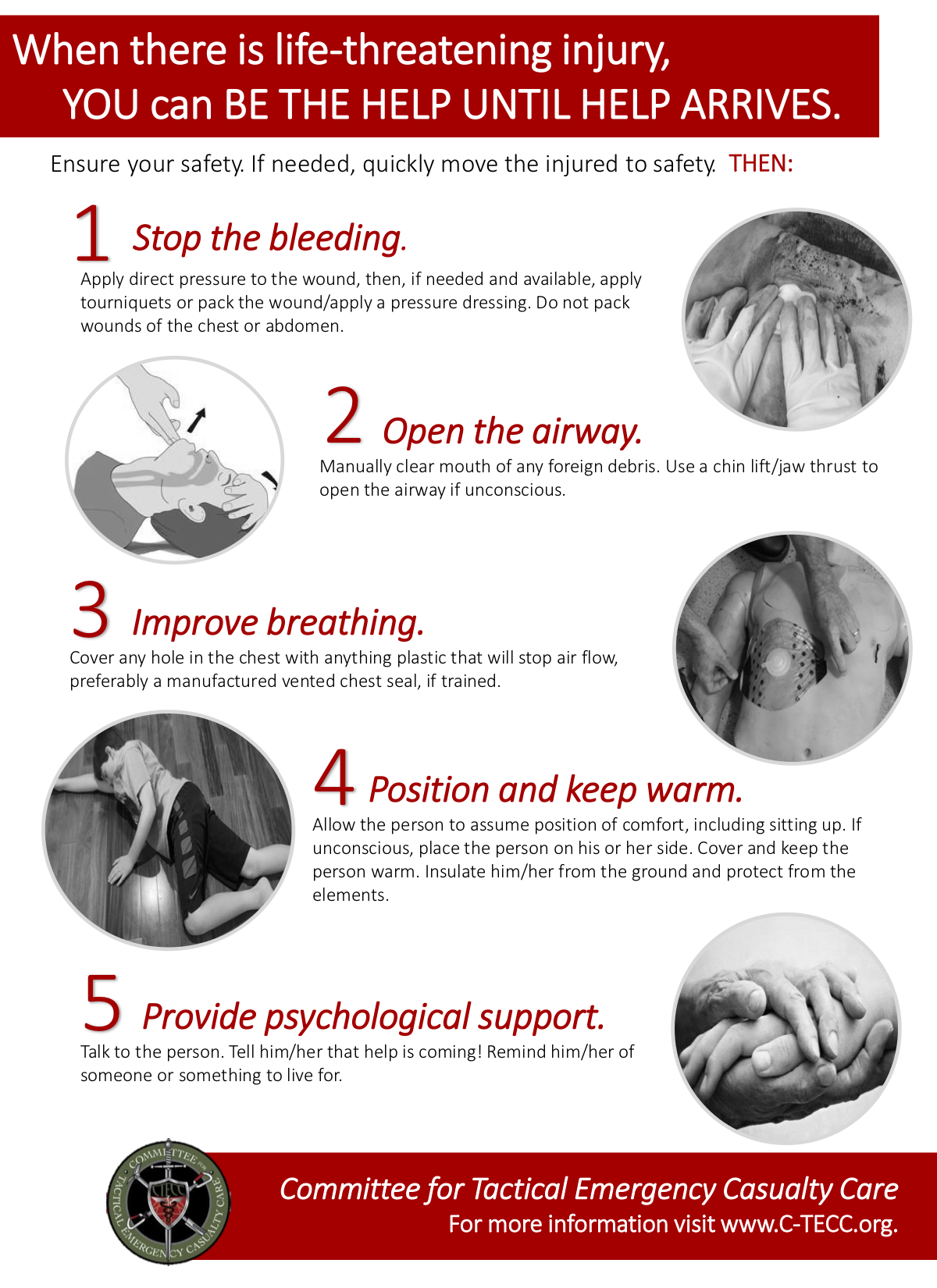News
As always, we appreciate the support of SOMSA for hosting our meeting. Don't forget to book your hotel room either - these will fill up quickly.
SOMSA Hotel Link (Click here)
We have secured a group discount at the Four Points Sheraton hotel in Ontario/ Rancho Cucamonga. It is 1 mile from the meeting location. Please reserve your room under the C-TECC block at $95 per night plus 12% tax.
11960 E Foothill Blvd, Rancho Cucamonga, CA 91739
(909) 201-6100
The meeting will be held at the Victoria Gardens Cultural center in Rancho Cucamonga.
12505 Cultural Center Dr, Rancho Cucamonga, CA 91739
Please post this flier and distribute this flier widely! We need to empower our communities and empower our citizens to help to save lives. Together, by building a care system that reaches across the entire community, we can improve survival!
Download Here

More meeting details and logistics will be forthcoming in the next few weeks.
We look forward to seeing you there.
Charlotte Convention Center room 212 AB
Monday, May 22, 2017
0730-0800 Sign-in
0800-0820 Pledge of Allegiance and Introductions
0820-0840 Key Note: Division Chief Paula McDaniel, Charlotte Fire Department
0840-0920 Board of Directors update
0920-0940 Case Review #1: Townville, SC elementary school shooting
0940-0950 Break
0950-1010 Case Review #2: Westminster Terror attack
1010-1040 BCC-TCP discussion
1040-1110 ASTM Tourniquet standard discussion
1110-1130 International TECC programs
1130-1200 California First Care Provider update
1200-1300 Lunch
1300-1400 Working Group Updates
1400-1415 Public Comment
1415-1430 Break
1430-1700 Open Guidelines discussion
1700 Adjourn
1800 – 2000 Social at Fahrenheit Restaurant (222 S. Caldwell Street)
The registration site for SOMSA 2017 is http://www.specialoperationsmedicine.org/Pages/scientificassembly.aspx.
Tuesday December 13th George Mason University Founders Hall Room 120
0830 - 0900 Coffee and sign-in0900 Call to Order and Pledge of Allegiance
0900 - 0930 Welcome and Introductions (Smith/Tang)
-- Key Note Welcome: Deputy Chief John Snider, Arlington County Fire
0930 - 1000 Board of Directors Report (Smith/Tang)
- Bylaws
- New Members
- Changes to Committee Structure
- Website
1000 - 1030 Update: ACEP High Threat Committee (Piazza)
1030 - 1100 Discussion: TECC as a part of the Model EMS Guidelines (Kamin)
1100 - 1130 Discussion: Boston Fire Department and TECC implementation
1130 - 1230 Working Group Reports
- K9 TECC working group (Lee)
- First Care Provider (Bobko)
- Psychiatric care working group (Kamin)
1230 - 1345 Lunch (on your own)
1345 - 1415 TECC and CBRNE Operations (McAvenia)
1415 - 1730 Guidelines Discussion
- Discussion and approval First Receivers with a Duty to Act Guidelines
- Discussion and approval ALS/BLS Guidelines
- Discussion and approval TECC ALS/BLS training slide deck
- Open guidelines discussion
1730 Save Rounds and Happy Hour (location TBA)
Wednesday December 14th George Mason Founders Hall Room 121
0830 - 0900 Coffee and sign-in0900 Call to Order
0900 - 1200 Continued: Open Guidelines Discussion and voting
1200 Adjourn
Linked below are directions, maps and pertinent logistics as well as information regarding the recommended hotel.
The agenda for the meeting is being developed and will be forthcoming.
We will be populating a Dropbox with materials for review prior to the meeting to facilitate a productive discussion. This will be distributed to members out a few weeks prior to the meeting.
Special thanks to Guidelines Committee member Mark Anderson for coordinating the planning and logistics for the meeting. Please let Reed or Mark (This email address is being protected from spambots. You need JavaScript enabled to view it.) know if you have any questions or need any assistance with your planning.
Meeting Logistics
Directions to Founders Hall
Directions to Hyatt Place
Directions to the Arlington Campus
Founders Hall Floor Plan
GMU Arlington Campus Map
